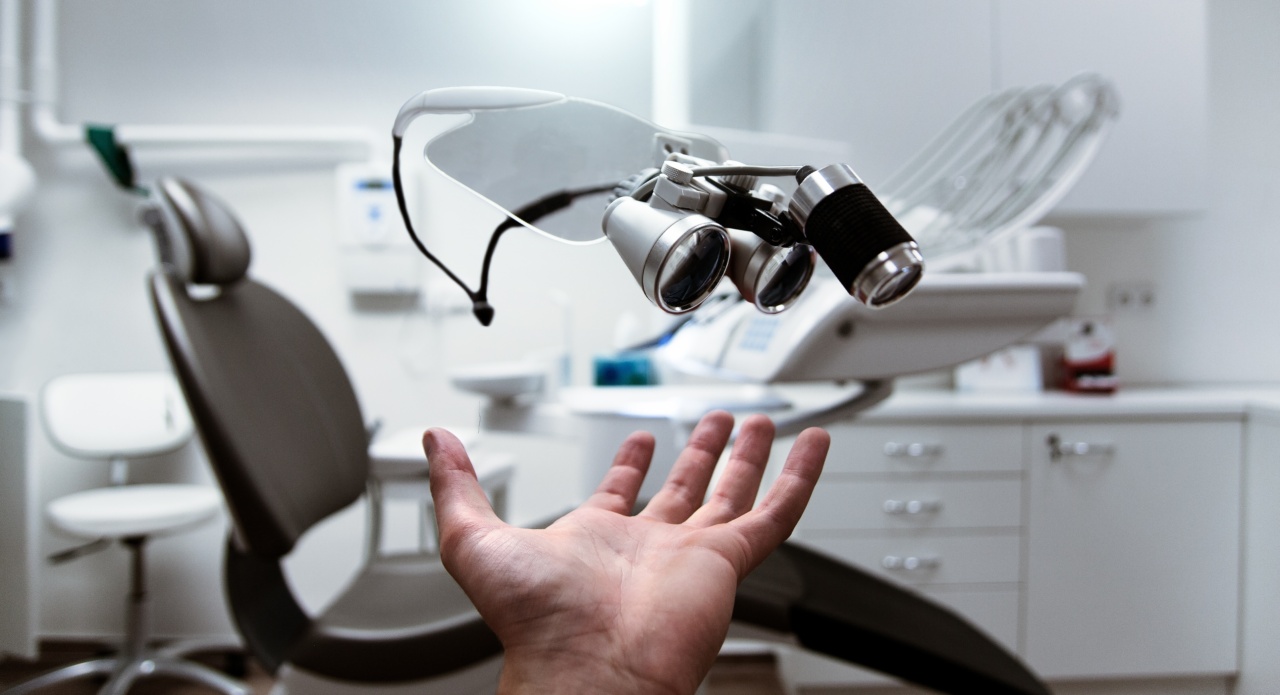Dental care is one of the most important aspects of overall health, as it not only affects our ability to eat and speak properly, but also our confidence and self-esteem.
As technology and science continue to advance, so do the methods and practices used in dentistry. In recent years, bio-science has played a crucial role in the evolution of dental care, providing new solutions and treatments that are more effective and less invasive.
Here are some of the bio-science advancements that are shaping the future of dental care.
Digital Dentistry
Digital dentistry is a relatively new field that uses advanced technology to design and manufacture dental restorations, such as crowns, bridges, and implants.
The process involves taking digital impressions of the patient’s teeth, which are used to create a 3D model of the mouth. The restoration is then designed using computer-aided software and manufactured using a milling machine or 3D printer.
This technology allows for more precise and accurate restorations, as well as faster turnaround times and fewer visits to the dental office.
Laser Dentistry
Laser dentistry is a minimally invasive alternative to traditional dental procedures that uses a concentrated beam of light to remove or reshape tissue.
This technology can be used for a variety of procedures, including gum surgery, cavity treatment, and whitening. It is less invasive than traditional methods, resulting in less bleeding, swelling, and pain, as well as quicker healing times.
Bioactive Materials
Bioactive materials are a type of biomaterial that can interact with the body’s tissue to promote healing and restoration.
In dentistry, bioactive materials are used to repair or replace damaged or missing teeth, as well as to prevent decay and infection. These materials are designed to release minerals, such as calcium, phosphate, and fluoride, which stimulate the growth of new tissue and strengthen existing tissue.
Nanotechnology
Nanotechnology is the science of manipulating materials on a molecular or atomic scale. In dentistry, nanotechnology is used to create stronger and more durable dental materials, such as composites, cements, and dental implants.
Nanoparticles can also be used to deliver drugs and other therapeutic agents directly to the affected area, reducing the risk of side effects and increasing the effectiveness of treatment.
Biomimetic Dentistry
Biomimetic dentistry is an approach to restorative dentistry that is based on principles of biology and mimics the natural structure and function of teeth.
This approach involves conserving as much of the natural tooth structure as possible and using materials and techniques that are designed to replicate the properties of natural teeth. Biomimetic restorations are more durable and long-lasting than traditional restorations and provide a better fit and function.
Digital Radiography
Digital radiography is a technology that uses digital sensors to capture and store dental images. This technology is faster and more efficient than traditional radiography, as well as safer, as it reduces the amount of radiation exposure.
The images can also be manipulated and enhanced to provide more accurate diagnoses and treatment planning.
Saliva Testing
Saliva testing is a non-invasive diagnostic tool that can be used to identify oral diseases, such as periodontal disease and oral cancer.
The saliva contains biomarkers that can indicate the presence of disease, as well as provide information about a patient’s overall health. Saliva testing can also be used to monitor the effectiveness of treatment and track changes over time.
Stem Cell Therapy
Stem cell therapy is a regenerative approach to dental care that uses the body’s own stem cells to repair and regenerate damaged tissue.
Stem cells can be obtained from a patient’s own fat tissue or bone marrow and can be used to regrow bone, gum tissue, and even teeth. This technology has the potential to revolutionize dental care, as it offers a more natural and long-lasting alternative to traditional dental treatments.
Virtual Reality
Virtual reality is an emerging technology that can be used to reduce anxiety and pain during dental procedures.
By immersing the patient in a virtual environment, the brain can be distracted from the pain signals and the patient can remain calm and relaxed. This technology can also be used for patient education and training, as it allows patients to experience different dental procedures in a safe and controlled environment.
Conclusion
Bio-science advancements are transforming the field of dental care, providing more effective, less invasive, and more natural solutions to oral health problems.
With the continued development and evolution of these technologies, the future of dental care looks brighter than ever before.
























